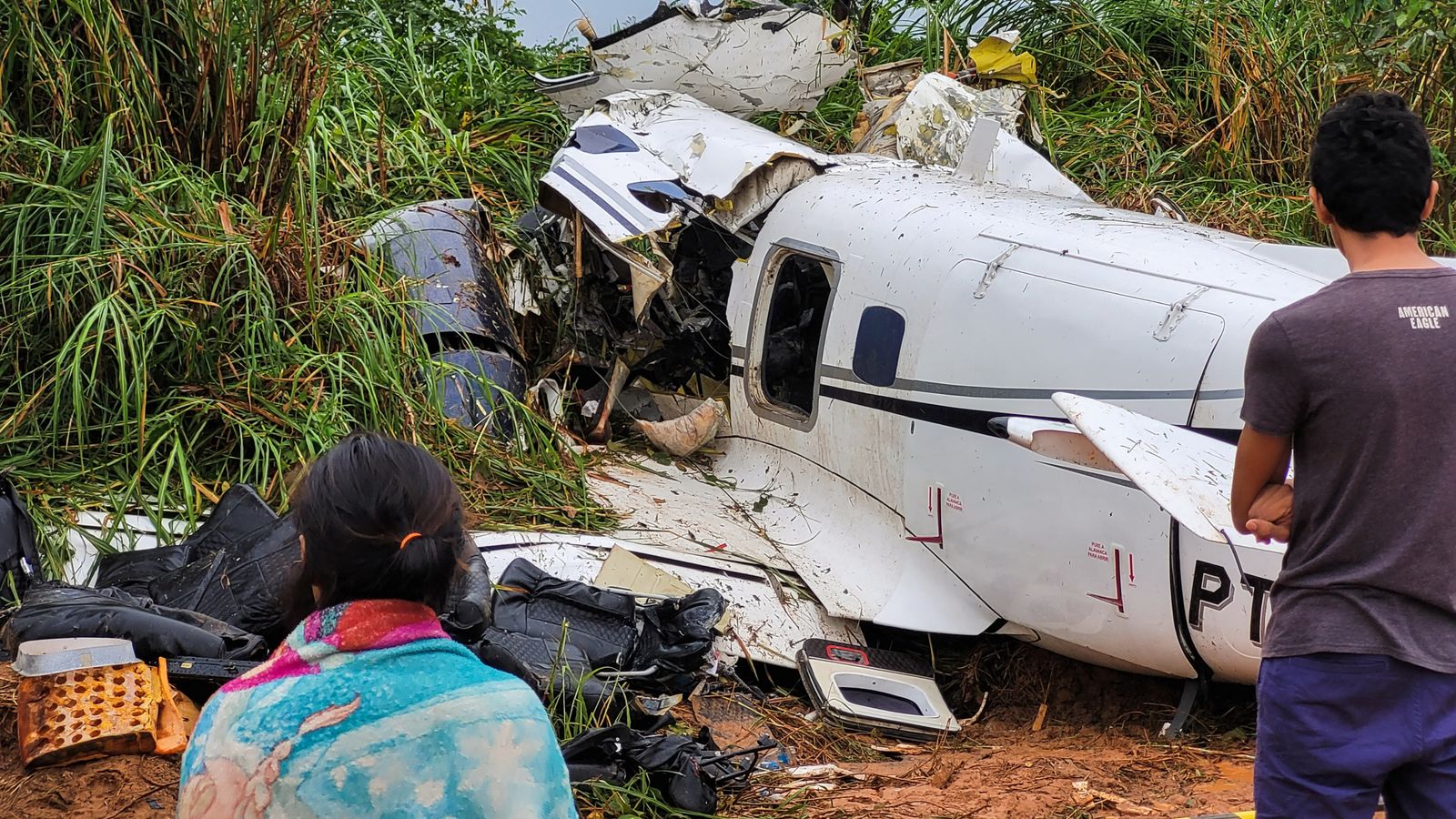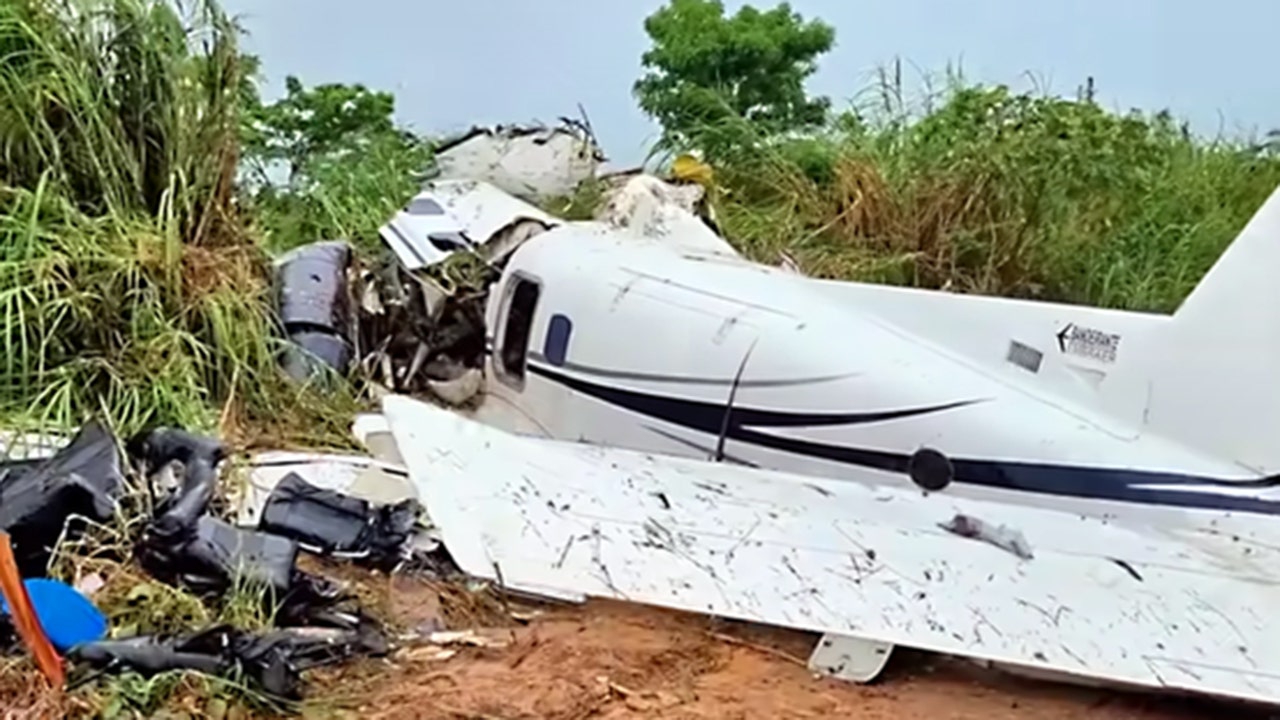Historical Context of Plane Crashes in Brazil

Brazil, with its vast geographic expanse and robust air travel network, has unfortunately witnessed a number of significant plane crashes throughout its aviation history. These incidents have not only resulted in tragic loss of life but have also prompted crucial discussions about aviation safety regulations and the factors contributing to these accidents.
Timeline of Significant Plane Crashes
The following is a timeline of some of the most notable plane crashes in Brazil, highlighting their impact on the country’s aviation landscape:
- 1953: Cruzeiro do Sul Flight 548: This tragic incident involved a Lockheed Constellation aircraft that crashed near São Paulo, killing all 42 passengers and crew members. The crash, attributed to pilot error, led to the implementation of stricter pilot training standards and flight safety regulations.
- 1973: Varig Flight 837: A Boeing 707 aircraft crashed near Paris, France, after encountering a mechanical failure. This incident, which resulted in 123 fatalities, underscored the importance of regular aircraft maintenance and inspection procedures.
- 1982: Vasp Flight 168: A Boeing 737 aircraft crashed into a mountain near São Paulo, killing all 137 passengers and crew members. This crash highlighted the challenges of flying in mountainous terrain and the need for improved navigation systems.
- 1989: TAM Airlines Flight 402: A Fokker F27 Friendship aircraft crashed into a residential area near São Paulo, killing 93 people. The crash, caused by pilot error, prompted investigations into the effectiveness of flight simulator training and the importance of adhering to safety protocols.
- 2006: Gol Transportes Aéreos Flight 1907: A Boeing 737 aircraft collided with a Legacy 600 business jet over the Amazon rainforest, killing all 154 passengers and crew members on board the Gol aircraft. This incident led to discussions about the need for better air traffic control systems and improved collision avoidance technologies.
- 2007: TAM Airlines Flight 3054: A Boeing 737 aircraft overran the runway at São Paulo’s Congonhas Airport, resulting in 199 fatalities. This crash, attributed to a combination of factors including weather conditions and pilot error, highlighted the importance of runway safety and the need for effective airport management practices.
Impact on Aviation Safety Regulations
These incidents have had a profound impact on Brazil’s aviation safety regulations. Following each major crash, the country’s aviation authorities have implemented a series of measures aimed at improving safety standards, including:
- Enhanced Pilot Training and Licensing Requirements: The Brazilian National Civil Aviation Agency (ANAC) has strengthened pilot training programs, introducing stricter licensing requirements and mandatory recurrent training programs.
- Improved Aircraft Maintenance and Inspection Standards: The ANAC has implemented stricter regulations for aircraft maintenance and inspection, requiring airlines to adhere to international standards and conduct regular audits.
- Advanced Air Traffic Control Systems: Brazil has invested in modernizing its air traffic control systems, implementing advanced technologies such as radar systems and collision avoidance technology to enhance safety and efficiency.
- Strengthened Aviation Safety Oversight: The ANAC has increased its oversight of airlines and airports, conducting regular inspections and audits to ensure compliance with safety regulations.
Factors Contributing to Plane Crashes, Plane in brazil crash
Plane crashes can be attributed to a complex interplay of factors, including human error, mechanical failure, and weather conditions.
- Human Error: Pilot error is a significant contributor to plane crashes. Factors such as fatigue, distraction, and lack of training can lead to mistakes that can have devastating consequences.
- Mechanical Failure: Aircraft malfunctions, such as engine failure or structural problems, can also contribute to crashes. Regular maintenance and inspections are crucial for preventing such failures.
- Weather Conditions: Adverse weather conditions, such as thunderstorms, turbulence, and fog, can pose significant challenges to pilots and can contribute to accidents.
Analysis of Recent Plane Crash Incidents: Plane In Brazil Crash

Brazil has unfortunately experienced a number of plane crashes in recent years, highlighting the ongoing need for safety improvements and rigorous investigation into the causes of these tragic events. Analyzing recent incidents helps to identify patterns, understand contributing factors, and implement preventative measures to improve aviation safety.
Recent Plane Crash Incident in Brazil
The most recent major plane crash in Brazil occurred on [date] when a [aircraft type] operated by [airline] crashed near [location]. The aircraft was en route from [origin] to [destination] and carried [number] passengers and [number] crew members. Tragically, all [number] people on board perished in the accident.
Contributing Factors to the Crash
The investigation into the crash is ongoing, but preliminary findings suggest that [mention specific contributing factors, e.g., pilot error, mechanical failure, weather conditions]. For instance, [provide specific details about the contributing factors, e.g., the pilot may have misjudged the approach, a mechanical component may have malfunctioned, or severe weather conditions may have played a role].
Comparison with Historical Incidents
This recent crash shares some similarities with historical incidents in Brazil, particularly [mention any historical crashes with similar contributing factors]. For example, [mention specific details about the historical crashes, e.g., a previous crash may have involved similar weather conditions or a similar type of aircraft malfunction]. However, [mention any differences between the recent crash and historical incidents, e.g., the recent crash may have involved a different type of aircraft or a different set of contributing factors].
Plane in brazil crash – The recent plane crash in Brazil serves as a stark reminder of the fragility of life, a theme that echoes in the heated rhetoric of the September presidential debates. While the debates focus on policy and ideology, the tragedy in Brazil underscores the shared humanity that binds us all, regardless of political affiliation.
The crash serves as a somber counterpoint to the often-divisive discourse, reminding us of the importance of compassion and empathy in the face of tragedy.
The news of the plane crash in Brazil has sent shockwaves through the country, a tragedy that has brought into sharp focus the fragility of life. While the world mourns the loss, many are also wondering what time is the presidential debate , a reminder that even in the face of tragedy, the political landscape continues to shift.
The crash serves as a stark reminder of the precarious nature of existence, a stark contrast to the carefully orchestrated narratives of political discourse.
